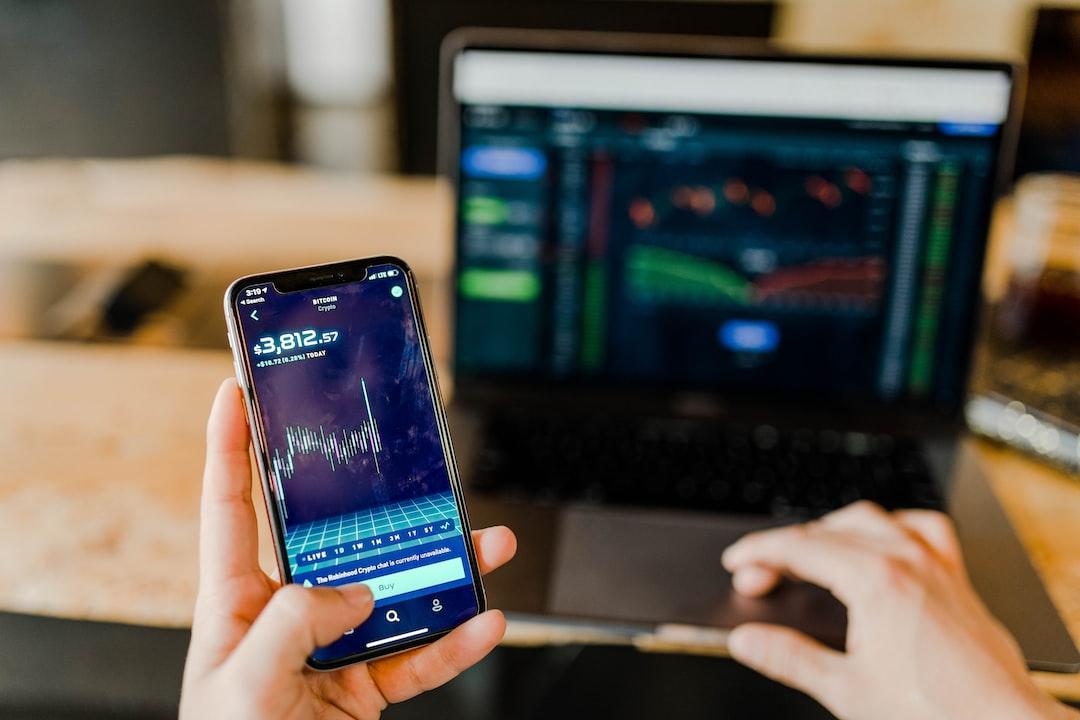In this era of change and innovation, the future prospects of the Bitcoin ecosystem are particularly important. On the evening of May 23rd, OKLink was invited by industry media Chain Catcher to participate in a live discussion on the topic of “BTC Ecosystem Outlook”, analyzing and forecasting from the perspective of on-chain data analysis, and revealing trends through data analysis.
How is the fourth halving different from the past?
With the continuous growth of the BTC ecosystem since 2023, the activity of the Bitcoin network is significantly different from the last halving. The block reward has been reduced to 3.125 BTC.
According to OKLink’s miner income data, the total income of miners usually decreases after halving, but then increases because miners receive transaction fees in addition to the block reward. Due to the significant increase in trading volume before and after halving, miners receive more transaction fees. Generally, the block reward is much higher than the transaction fees. However, during this halving period, the transaction fees received by miners exceeded the block reward for the first time, accounting for about 70% of the total income.

Although this is a temporary phenomenon, it at least proves that the growth of transaction fees brought by Bitcoin on-chain activities is theoretically sufficient to provide sustained positive incentives to the mining community, regardless of the block reward.
To make this phenomenon continue, a necessary prerequisite is that on-chain activities are active enough, so there is a need for more on-chain applications like Bitcoin Runes that can attract market attention and create incremental value. From this perspective, BTC halving will to some extent drive the development of the BTC on-chain ecosystem and may become a “catalyst” for accelerating ecosystem innovation. However, as the BTC ecosystem continues to prosper, the future impact of BTC halving on the market will become smaller and smaller.
Which data is more worth paying attention to in the future of BTC?
Trading volume is an indicator of market activity, showing the strong interest of investors or the surge in speculative sentiment when it increases, and vice versa.

Metrics such as the number of active addresses and the growth of decentralized applications (DApps) can provide information about the actual usage and adoption of cryptocurrencies. According to OKLink’s browser active address data, BTC’s average active address accounts for 1.43% of the total address count, higher than Ethereum’s 0.66%. And the daily number of new addresses for BTC has remained around 300,000 since 2016. Data is the key to decision making.
How can data help the development of the BTC ecosystem?
The BTC ecosystem is one of OKLink’s key focuses, and it is actively developing support for Bitcoin Layer2, as well as cross-chain transaction data between Layer 1 and Layer 2.
OKLink now supports 44 public chains, including all BTC inscription NFTs, tokens, transaction lists, and transaction details. Users can easily query address details, historical transactions, and more. It also provides a variety of integrated data analysis tools, including large transaction alerts, real-time Gas Fee statistics, on-chain metric analysis, trading volume, holdings, and computing power indicators, allowing users to intuitively view trends and changes in data and quickly obtain key information.

It also provides more key data on BTC inscriptions, such as inscription token information, inscription transactions, and inscription listings. Currently, it supports Runes, BRC-20, ARC-20, SRC-20, BRC20-S, and Ordinals NFT.

The market is unpredictable, and only data is the decisive skill for decision making. The objectivity, accuracy, and analyzability of data are where its power lies, and it can help us better understand the market performance after halving and make judgments about future trends.

